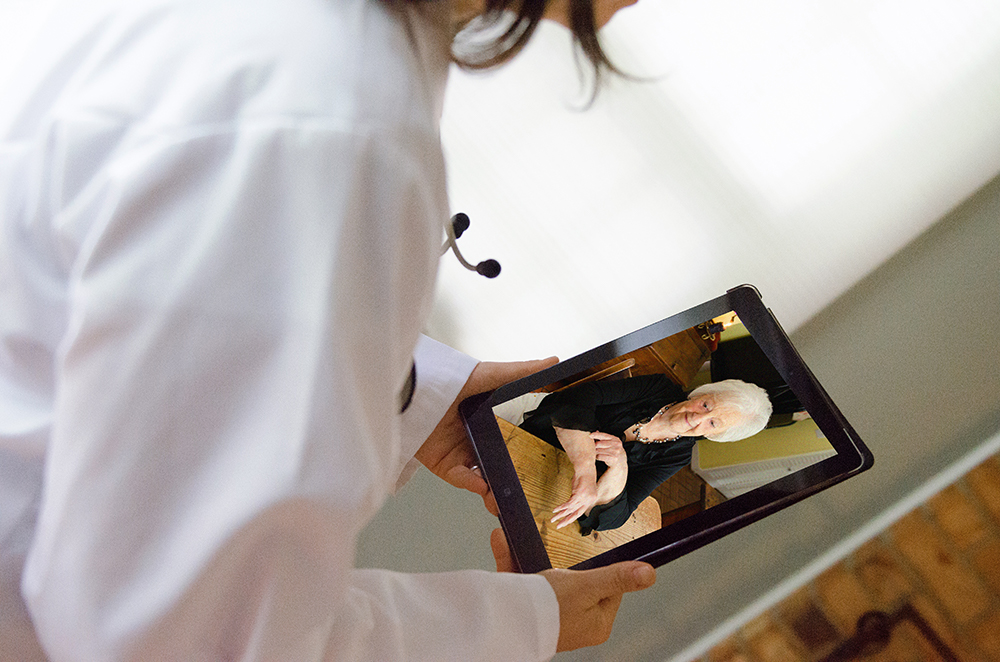While telehealth has been around for years, it was something new for many healthcare professionals across the commonwealth, quickly obliged to adopt it when the pandemic and social distancing protocols began.
A year later, the volume of telehealth claims in the southern region of the nation is up more than 1,000% from Dec. 2019 to Dec. 2020, according to FairHealth, and physicians and nurse practitioners are seeing the advantages of the technology within their own practice while patients reap benefits, too.
From building better relationships with patients and bettering patientcare to partnering with other healthcare professionals, here are two areas of healthcare that telehealth is enhancing.
Telehealth and patient care.
Telehealth breaks down barriers for healthcare professionals allowing better access to patients, even making appointments more efficient. Rural communities, where patients may travel up to several hours for appointments – appointments that can be expensive, time-consuming and nearly impossible during inclement weather, may particularly benefit from this growth. Meanwhile, some of our members are seeing similar benefits even in more suburban and urban communities where busy patients can find it difficult to take time off work or find childcare, or where specialist networks are limited.
For nurse practitioners specializing in neurodevelopmental and psychiatric mental health, traveling and in-person appointments can be especially challenging for their patients with sensory sensitivity or social anxiety.
In all of these situations, telehealth has become such a flexible alternative, it will no doubt be here for the long run.
Connecting with collaborators
Collaborating with nurse practitioners via telehealth is a great way for physicians to enhance their practice with low overhead, minimal investment and even take on a bit of superhero status – i.e. the ability to be in two places at once by concurrently serving patients who live nearby with those living across the state. Through the Virginia Telehealth Networks, telehealth has become a convenient way to give back by providing healthcare services to rural and underserved communities.
In turn, nurse practitioners have an opportunity to expand their own personal practice and still meet state licensure requirements. It’s also a great tool for helping nurse practitioners transition into an independent practice. With the recent change in legislation that allows nurse practitioners to practice without a collaborating physician after two years of experience, more and more nurse practitioners are likely headed in this direction.
The technology behind telehealth is user-friendly, and even for those not particularly adept with the web, VTN provides trainings, tools and resources for healthcare professionals interested in adopting a permanent telehealth solution. VTN also provides support around legal and reimbursement issues, security and safety and HIPAA-compliant technology.
Getting started with telehealth is literally just a few clicks away.
Key Takeaways
- The use of telehealth is on the rise. The volume of telehealth claims in the southern region of the nation is up more than 1,000% from Dec. 2019 to Dec. 2020, according to FairHealth.
- Telehealth gives Nurse Practitioners better access to patients in several situations including patients with challenges related to travel, taking time off work, finding childcare, experiencing sensory sensitivity and more.
- Telehealth is a tool that offers nurse practitioners the opportunity to expand their own personal practice and still meet state licensure requirements.

